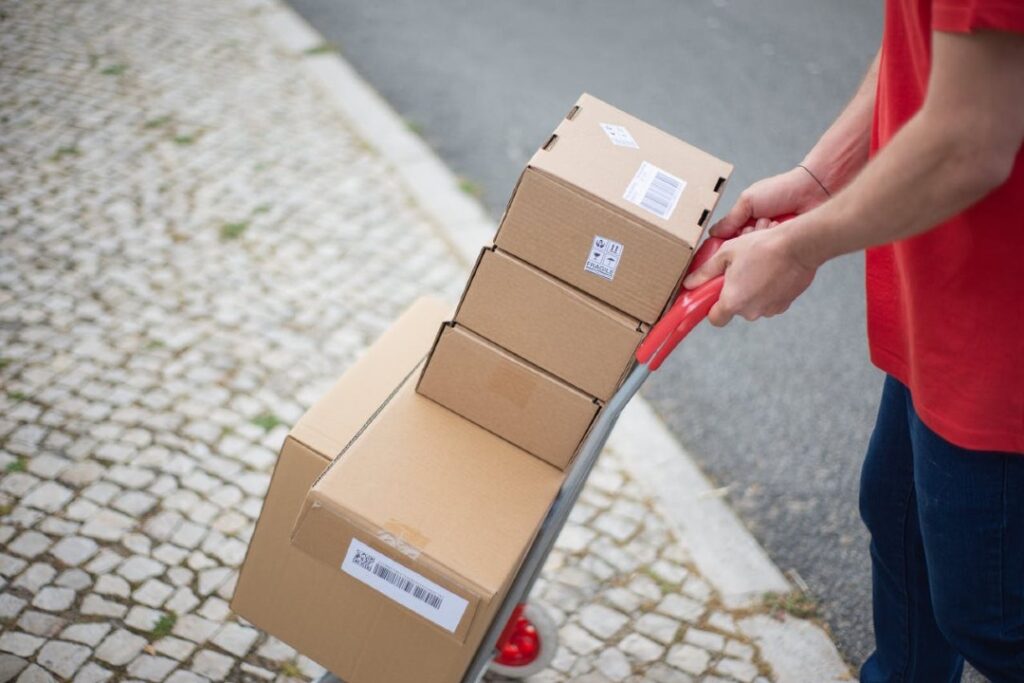In this short post, I talk about the do’s and don’ts for dropshipping success. Dropshipping can be a lucrative business model, but it requires careful planning and execution. Here are the key do’s and don’ts to succeed in dropshipping, based on best practices and insights from industry experts:
Do’s for Dropshipping Success
Research Your Niche Thoroughly
- Choose a niche with high demand but manageable competition. Use tools like Google Trends, Amazon Best Sellers, or social media platforms to identify trending products.
- Focus on products you’re passionate about or have knowledge of to better understand your target audience.
Select Reliable Suppliers
- Partner with reputable suppliers (e.g., via AliExpress, Oberlo, Spocket, or CJ Dropshipping) with good ratings, fast shipping times, and quality products.
- Test supplier reliability by ordering samples to check product quality and shipping speed.
Build a Professional Online Store
- Use platforms like Shopify, WooCommerce, or BigCommerce to create a user-friendly, visually appealing store.
- Optimize your website for mobile users and ensure fast loading times to reduce bounce rates.
Focus on Marketing and Branding
- Invest in targeted marketing through social media ads (e.g., Facebook, Instagram, TikTok) and Google Ads to drive traffic.
- Build a brand identity with consistent logos, colors, and messaging to stand out from competitors.
Provide Excellent Customer Service
- Respond promptly to customer inquiries and complaints, ideally within 24 hours.
- Offer clear return and refund policies to build trust, even if your supplier handles fulfillment.
Optimize for SEO and Conversions
- Use keyword research tools (e.g., Ahrefs, SEMrush) to optimize product descriptions and blog content for search engines.
- Implement upsells, cross-sells, and discounts to increase average order value.
Track and Analyze Performance
- Use analytics tools (e.g., Google Analytics, Shopify Analytics) to monitor traffic, conversion rates, and customer behavior.
- Regularly test and tweak ad campaigns, product pages, and pricing to improve results.
Stay Updated on Trends
- Follow industry blogs, social media influencers, and marketplaces to spot emerging product trends.
- Be ready to pivot to new products or niches as market demands shift.
Manage Cash Flow Wisely
- Reinvest profits into scaling your business, such as increasing ad spend or improving your website.
- Keep a budget for unexpected costs like refunds or supplier issues.
Test Products Before Scaling
- Run small-scale ad campaigns to test product demand before committing to large inventory or marketing budgets.
- Focus on products with proven sales potential based on data.
Don’ts for Dropshipping Success
Don’t Choose Oversaturated Niches
- Avoid highly competitive niches like electronics or generic clothing unless you can offer a unique angle or branding.
- Steer clear of products with low profit margins that make scaling difficult.
Don’t Rely on a Single Supplier
- Avoid depending on one supplier to mitigate risks like stock shortages or shipping delays.
- Don’t work with suppliers who have poor communication or inconsistent product quality.
Don’t Neglect Customer Experience
- Avoid generic product descriptions or low-quality images that erode trust.
- Don’t ignore negative feedback; address issues promptly to maintain a positive reputation.
Don’t Overpromise or Underdeliver
- Avoid exaggerating product quality or shipping times in your marketing.
- Be transparent about delivery timelines, especially for international shipping, which can take 2-4 weeks.
Don’t Ignore Legal and Compliance Issues
- Don’t skip registering your business or complying with local tax laws and e-commerce regulations.
- Avoid selling copyrighted or trademarked products without permission to prevent legal issues.
Don’t Set Unrealistic Expectations
- Don’t expect overnight success; dropshipping requires time to test products and refine strategies.
- Avoid scaling ad spend too quickly before validating a product’s profitability.
Don’t Skimp on Marketing
- Don’t rely solely on organic traffic, as it takes time to build. Paid ads are often necessary to drive initial sales.
- Avoid using low-quality creatives or untargeted ads that waste budget.
Don’t Ignore Hidden Costs
- Don’t forget to account for transaction fees, advertising costs, and potential refunds when calculating profits.
- Avoid pricing products too low, as it can erode margins and make scaling unsustainable.
Don’t Copy Competitors Blindly
- Avoid mimicking other stores’ designs or products without adding unique value.
- Don’t engage in price wars, as they can lead to unsustainable profit margins.
Don’t Neglect Data and Trends
- Don’t stick with underperforming products for too long; cut losses and move on to new opportunities.
- Avoid ignoring customer feedback or analytics that could guide product or strategy improvements.
Additional Tips
Start Small, Scale Smart: Begin with a small product catalog (5-10 items) to test the market, then scale winning products.
Leverage Social Proof: Use customer reviews, testimonials, and user-generated content to build trust.
Stay Patient and Persistent: Success in dropshipping often takes months of testing and optimization.
By following these do’s and avoiding these don’ts, you can build a sustainable dropshipping business.



